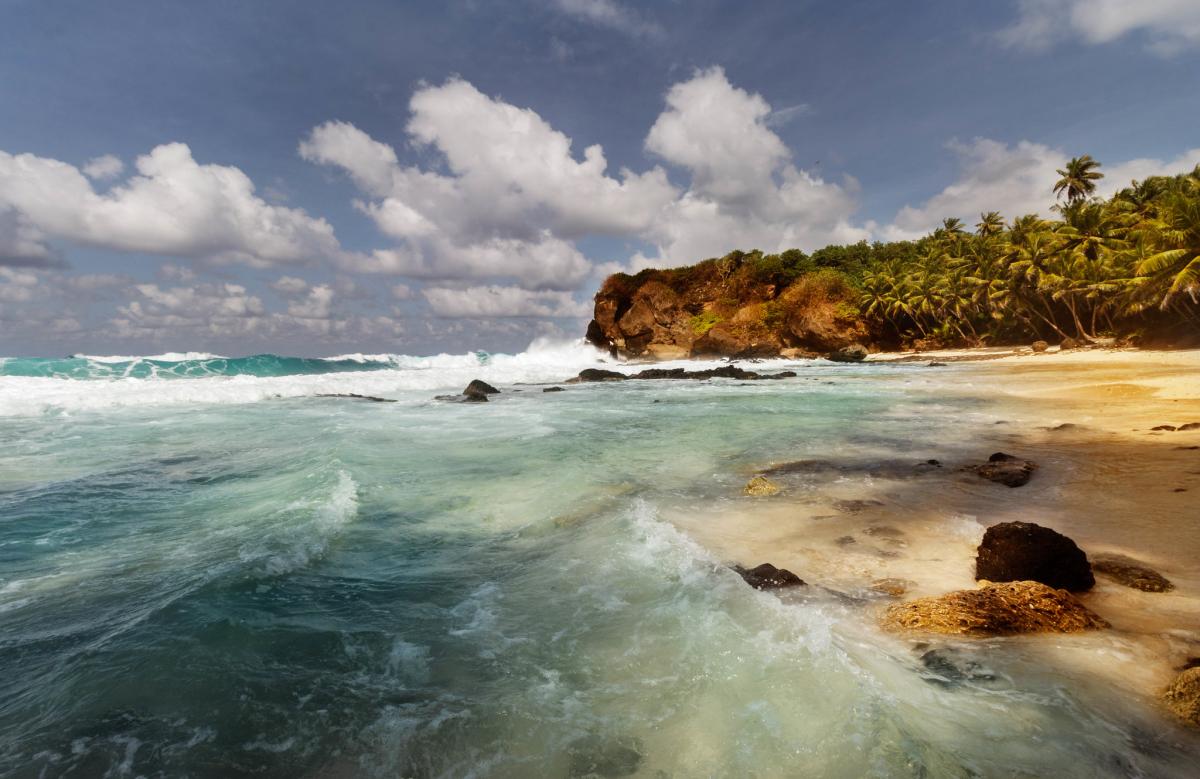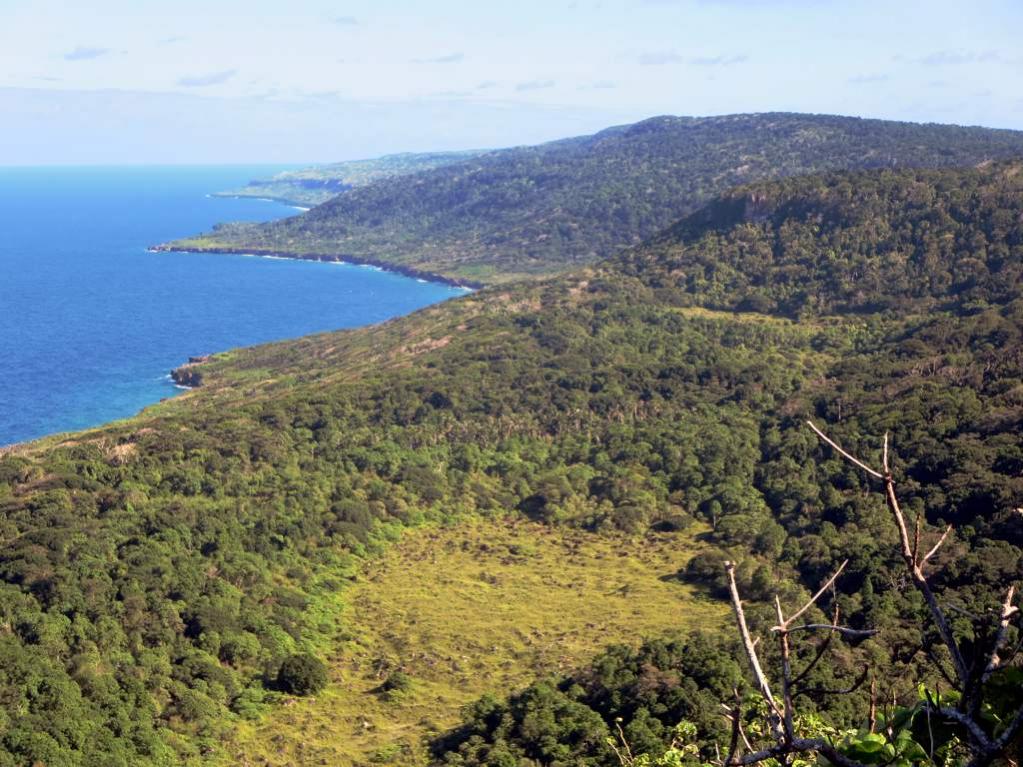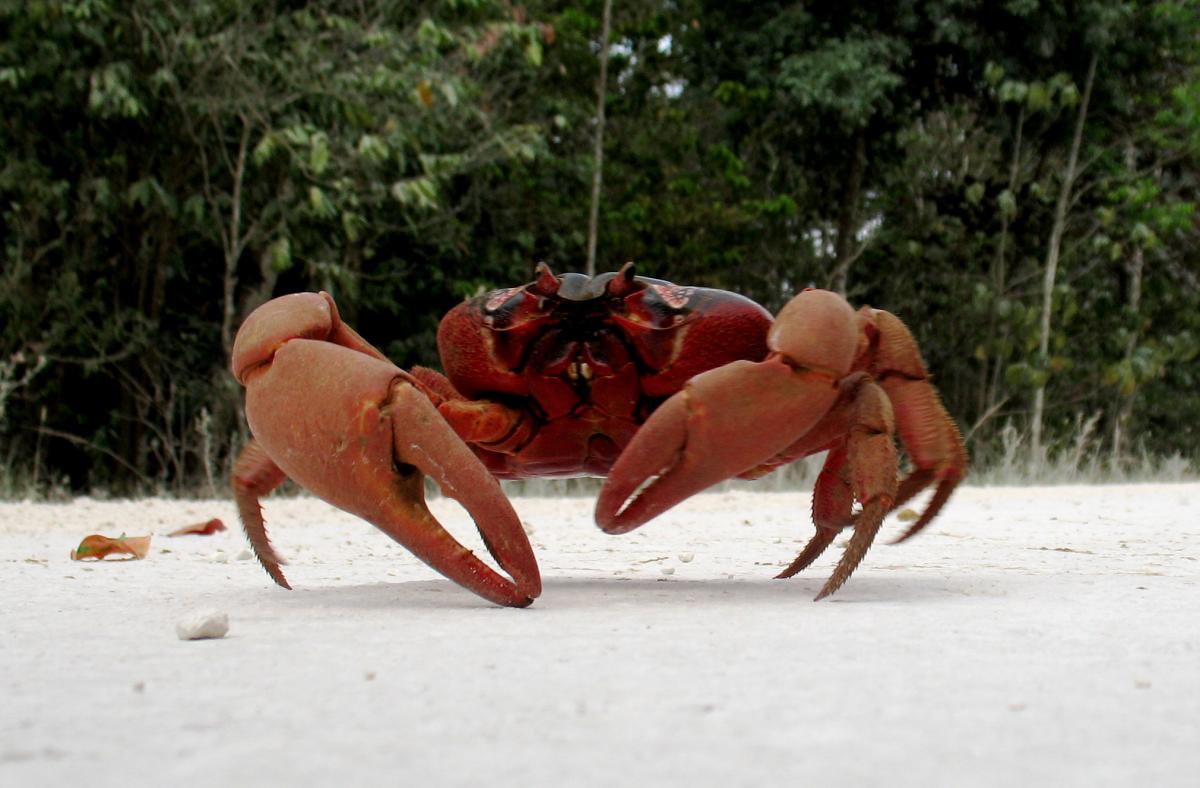VK9XGM Team will be active from Christmas Island, IOTA OC - 002, 21 November - 5 December 2023.
Team - Chris, GM3WOJ and Keith, GM4YXI.
Recent DX Spots VK9XGM
VK9XGM Log search They will operate on HF Bands, including activity in CQ WW DX CW Contest, 25 - 26 November 2023.
QSL via N3SL.
Christmas Island
Christmas Island is one of the quietest and safest places on Earth. Located in a secluded corner of the Indian Ocean, 500 kilometres off the coast of Indonesia, it has the status of an Australian Outer Territory and is administered by the Australian government. The island covers an area of just 135 kilometres² and has a population of less than 1,500. There is no official language, a strikingly low crime rate, and a harmonious blend of different cultures and traditions. But the greatest advantage of Christmas Island is its virtually untouched ecosystem, which its inhabitants carefully preserve.
 Dolly Beach, Christmas Island, Australia. Author - David Munro.
Dolly Beach, Christmas Island, Australia. Author - David Munro.
Centuries of history
Christmas Island was first spotted by Europeans in 1615, but for a long time it remained nameless. That all changed on Christmas Day 1643 with the light hand of Captain William Minors. While sailing past, he appreciated the advantages of the island and, without thinking long, gave it a name in honour of the holiday. The first British ship moored here in 1688, led by the navigator William Dampier. However, centuries passed before naturalist John Murray properly explored the island in 1872. After carefully studying its geological features, the doctor discovered significant phosphate deposits. Together with George Clunis-Ross, he began exporting this valuable commodity in 1895, founding the Christmas Island Phosphate Company.
Not insignificant in the island's history is the period of the Second World War. It had a difficult time - the measured life of the population was affected by all the tragic moments of wartime. From 1942 to 1945 it was occupied by the Japanese. Many locals either fled or were evacuated before the Japanese invasion on 31 March 1942. Those who remained were captured by soldiers and held as prisoners of war.
Until 1957, Christmas Island was governed by Singapore, a British colony at the time. That all changed when it was literally bought out by Australia on 1 January 1958 - for £2.9 million. As a result of this deal, Territory Day is celebrated annually on 1 October and is celebrated with great enthusiasm by all islanders.
Perpetual summer and no hurricanes
Christmas Island has a humid tropical climate with high rainfall. Temperatures hover around 27°C all year round. Despite this, the ocean water is always cool with waves. There are no large sandy beaches on the island - the coastline is covered with stony rock. In many places the way to the water is blocked by cliffs and rocks. Christmas Island has a special geographical location - it is in a zone of low seismic activity. There are no hurricanes and tsunamis, and it is safe to stay here both in winter and summer. The only drawback is a rather long rainy season, which is characterised by frequent and sudden downpours. But even during this period, the weather is sunny and warm most of the day. That is why Christmas Island attracts travellers from all over the world - it is wild, interesting and insanely beautiful.
 Christmas Island, Australia. Author - David Stanley.
Christmas Island, Australia. Author - David Stanley.
Food on a schedule
If there are no problems with drinking water on the island thanks to the abundance of freshwater sources, things are much worse with food. There are no large mammals here, and therefore no fresh meat, except for poultry. The same applies to many fruits, vegetables and herbs - they are almost impossible to grow due to the peculiarities of the soil. The land on the island is infertile and suitable for a limited number of plants. Among the exceptions are banana and coconut palms, mangoes, papaya, dragon fruit.
Islanders can buy everything else in the shop - products are delivered by plane from Australia once a fortnight. They cost an order of magnitude more than on the mainland. Also, they may not be quite fresh, but they "sell out" in a matter of hours after arrival. Most locals eat in a small number of restaurants, which are provided with everything you need. The culinary traditions of many countries are harmoniously combined here. The list of traditional recipes includes dishes based on rice and soya sauce, fried and stewed chicken, fish, seafood, and sweet porridge with coconut milk.
Red crab migration
On Christmas Island, each year around 120 million red crabs migrate en masse from the jungle to the ocean to breed and spawn. This is a spectacular event that is unparalleled on Earth and is often described as one of nature's wonders. The migration lasts for several weeks - during this period most roads on the island are closed. The crabs are protected by law and prized by the locals. Poachers are punished with huge fines and even imprisonment.
Migration begins with the onset of the rainy season. There is no specific date - it usually lasts from October to December. While the rain provides the necessary wet conditions, the breeding sequence is also closely linked to the phases of the moon, as female crabs release their eggs into the sea during the high tide of the last lunar quarter. The males first head to the shore where they dig burrows. Then they join the females - mating takes place. Before returning inland, the males make one last dash into the ocean. Females begin laying eggs within three days of mating and remain in the wet burrows dug by the males for another 12-13 days to allow the eggs to develop.
Upon contact with water, baby crabs hatch from the eggs. The tiny larvae are washed into the ocean by the waves and, after a few months, develop into shrimp-like animals called megalopae. In the final stage of this process, they gather in puddles near the shore and then turn into young crabs. This is truly an amazing sight that requires people to do nothing more than leave the crabs alone and not interfere with nature.
 Christmas Island, Australia. Author - Peter McKiernan.
Christmas Island, Australia. Author - Peter McKiernan.
Untouched jungle
Thrill-seekers can visit the wildest part of the island, covered in tropical trees and bushes. There are only a few paths and almost no reminders of civilisation. It is easy to get lost in the jungle, so it is better to go there with a local guide. At the same time, you should not be afraid of wild animals - there are simply none here. The largest mammals are rodents, which were once brought to the island by European navigators in ship holds. But there is a risk of encountering huge spiders and scolopendras, many of which are poisonous and can leave a burn on the skin.
Symbiosis of cultures and traditions
Christmas Island is a harmonious place where people of different nationalities and religions live side by side. They include Malays, Chinese, Australians, migrants from Indonesia and Europe. Almost every month there are themed festivals, many of which involve colourful costumes, music and dancing. The most common beliefs are Christianity, Buddhism and Islam. Despite this cultural abundance, the island has a virtually zero crime rate. There is a police station and even a prison, but most of the time it is empty. Safety on the streets is due to the small population and the island's geographical isolation from the outside world. After all, in case of a crime, it is extremely difficult to escape and there is nowhere to hide.

